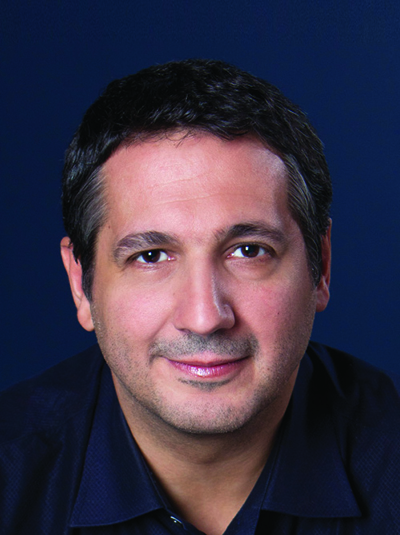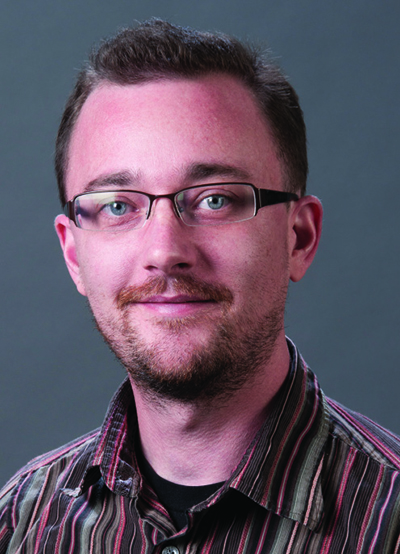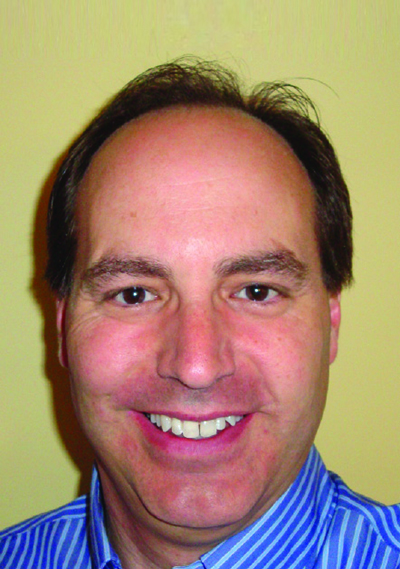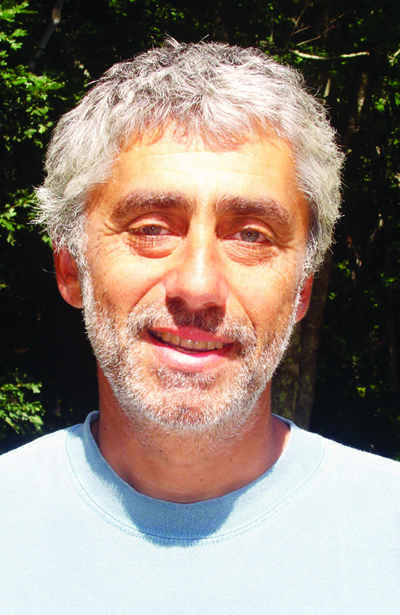State of the Edit 2013

Jay Ankeney
LOS ANGELES -- This year’s “State of the Edit” opinion survey of NLE representatives revealed a post production community that is aggressively tackling the challenges arising from rapidly evolving digital production technology.
Al Mooney, product manager, professional video editing at Adobe Systems sees the trend of universal video capture continuing to rise, with social video sharing becoming commonplace.
“It’s fascinating to see how mobile apps like Vine and FrameBlast are making people think differently about how they communicate,” Mooney said, “causing more people than ever to consider what it means to edit video creatively. If this makes more people want to become filmmakers, then that’s tremendously exciting.
“At the other end of the spectrum, 4K production is becoming the norm,” Mooney said. “It was incredible to note how many Sundance films were shot on 4K, and with more cinemas projecting 4K and the onslaught of consumer 4KTV sets, this will only get bigger. That, coupled with other blossoming technologies like HDR and HFR, offers creative people a richer palette than ever before.”

Maurice Patel, Autodesk
STAND OUT IN THE CROWD
Online consumption of video is changing our industry’s perspective for Maurice Patel, entertainment industry manager at Autodesk. “People watching programming on YouTube, social media or OTT at home has increased dramatically over the past year,” Patel said. “For editors this means there is a lot more video to be created, which means it’s key for them to find a way to stand out from the crowd. Increasingly we have a positive feedback loop where the more engaging the content, the longer people will watch the video. This competition accelerates the ‘democratization’ of editing, giving rise to the ‘preditor’ (producer/editor) whose job is to tell a good story and make it look good.”
The professional video industry's #1 source for news, trends and product and tech information. Sign up below.
This kind of expanded opportunity for editors is also going to call for greater collaboration among all members of a production team. “We are starting to see calls for simplification of tools, such as color correction, that can be shared through the cloud,” said Dave Colantuoni senior director of product management, broadcast storage and editing at Avid. “Delays cost money, so we need the production pipeline to move faster and be accessible from all of the workstations in the workflow. But in order for this to be practical, concerns over maintaining security of the content have to be dealt with. So we feel a flexible approach using a private cloud will insure that only those with proper permissions can access the material.”

Al Mooney, Adobe The two big issues that Andy Liebman, CEO of Editshare, sees facing editors are the proliferation of codecs and the increasing need for flexible backups. “It’s gotten past confusing and people just want to access their media and be able to edit it, so NLE’s are constantly upgrading their library of codecs,” Liebman said. “In addition, file-based production means we can no longer rely on archived source tapes as a backup so digital asset management and offsite storage have become an essential part of a professional workflow.”
MORE THAN JUST EDITING
For some, post production systems are becoming more multipurpose. “These days, the concept of ‘editing’ is just about 12 light-years wide,” said Ed Casaccia, senior director of segment marketing at Grass Valley, “yet full-functioned edit systems have come down to a price level everyone can afford. There is a dynamic between ease of use and feature richness that has to be reconciled in the user interface. If you look at the range of applications, you have home movies on one end and digital cinema at the other, and a successful NLE needs to be designed at a price point where one size fits all in today’s market. The number of production houses and movie studios is limited, but the market for edit systems that let people intuitively move pictures around is exploding.”

Dave Colantuoni, Avid What distinguishes editing in 2013 from editing in 2003 is the rising expectations we have for the role of the editor according to Boris Yamnitsky, president of Boris FX/Media 100. “Editors today are counted on to make the final product appear better than the source material,” he said. “It’s not so much about the way material is shot, it’s more about what ‘look’ the editor can give to it. We see this a lot in broadcast graphics, which increasingly is the domain of the NLE rather than standalone systems. Compositing, format transcoding, video filters and color correction all come under the responsibility of today’s editors, making edit systems the final hub combining all the aspects of a video production.”
But are we going to be prepared when new high resolution/frame rate formats force us to re-evaluate our concept of storage requirement? As Steve Owen, marketing director at Quantel, points out, “The move from HD to 4K and even Ultra HD is relatively small,” Owen said, “but high dynamic range and high frame rates are going to put a lot of pressure on us. Consider that 18 terabytes of storage will hold 25 hours of high-definition, but only 100 minutes of Ultra HD at 60 fps and 16-bit color depth. However, NHK Science & Technical Research Laboratories are already proposing 8K at 120 fps for their Super Hi-Vision format. Now that 18 same TB can hold less than 10 minutes capacity.”

Boris Yamnitsky, Boris FX/Media 100 But Owen has faith that technological evolution will come to the rescue. “Companies like NVIDIA are working wonders developing faster GPU processing power and improved codecs are coming down the pike from several sources. So with good pipes and optimized software, we will continue to be able to provide viewers with really, really good pictures.”
Sony is at the forefront of this movement, having recently released both 4K cameras and their new XAVC codec based on level 5.2 of H.264/MPEG-4 AVC. “Our Vegas Pro v12 was the first NLE to be able to handle the XAVC format in HD, 2K and 4K,” said Leigh Herman, director of business development at Sony Creative Software. “But one of the trends we are seeing is the need for editors to become proficient on multiple systems so they can edit on Windows, Mac or Linux platforms. More choices for editing in native file formats brings with it greater complexity but also increased opportunities.”
Also see Jay’s “State of Edit in 2012.”
